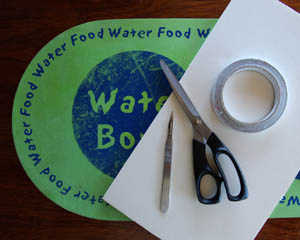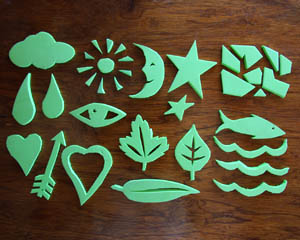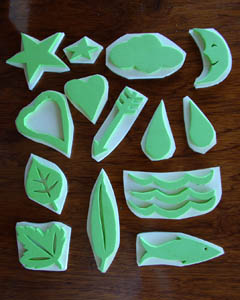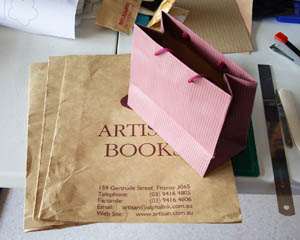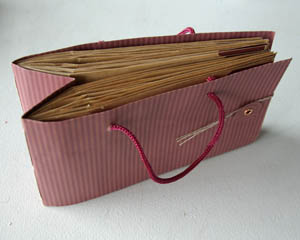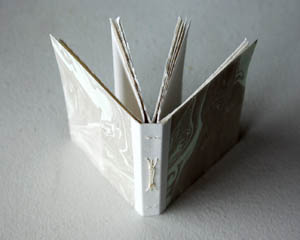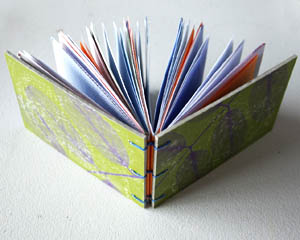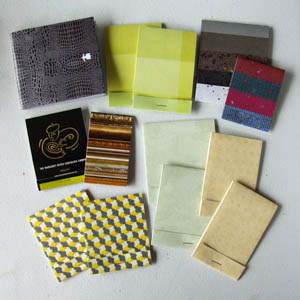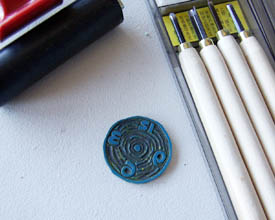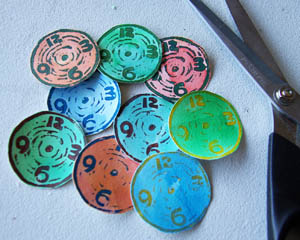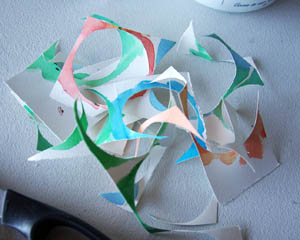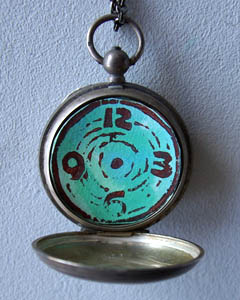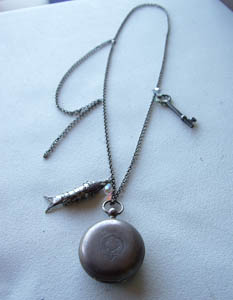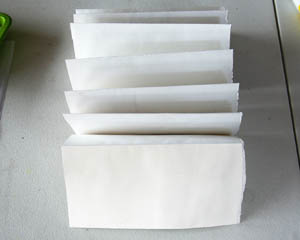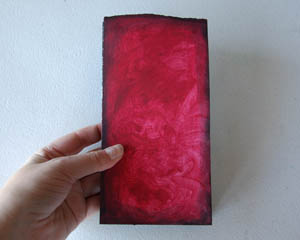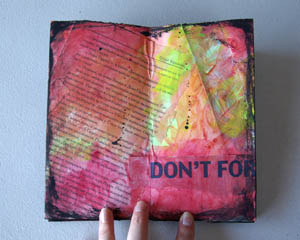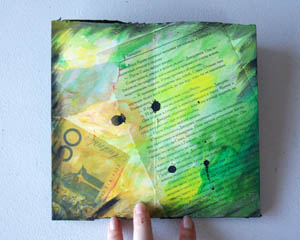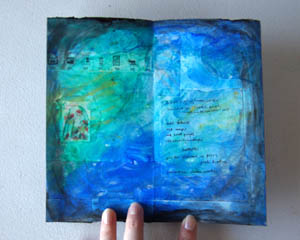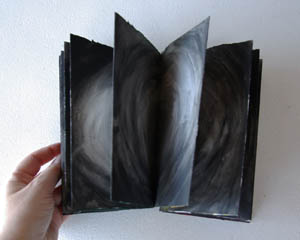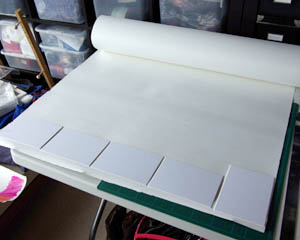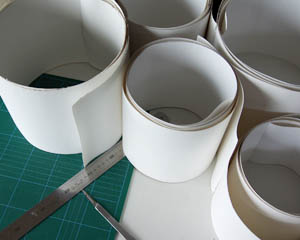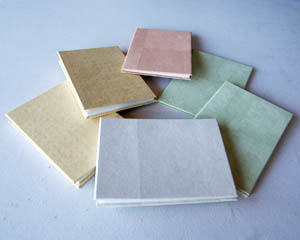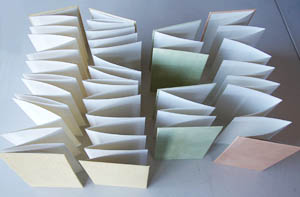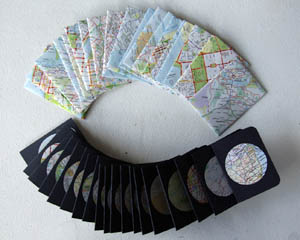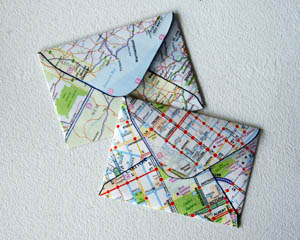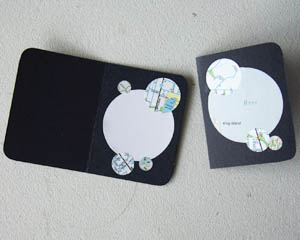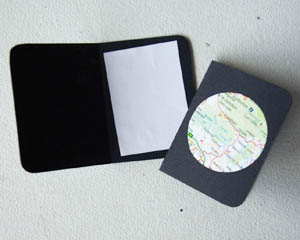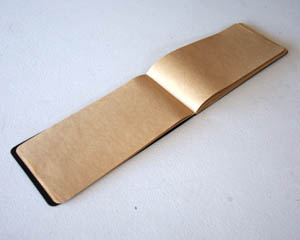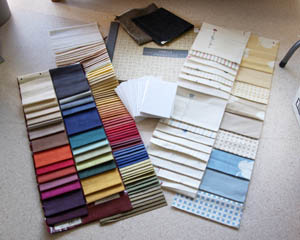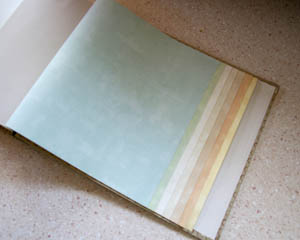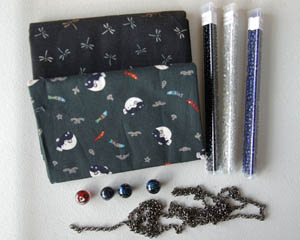The other day I cleaned my workroom. It was as much to do with avoiding work as finally being bothered by the dust and mess enough to want to do something about it. If the amount of dust was anything to go by, I’ve been procrastinating over cleaning for a LOT longer than I’d been procrastinating over work.
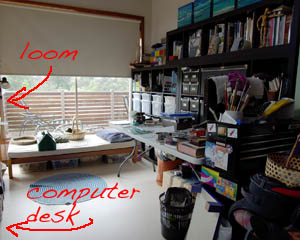
I got things as tidy as I could, but I wasn’t completely satisfied. That folding table is supposed to be used occasionally, not constantly. I don’t like that the loom is tucked away in the corner, where I can’t easily get to the back of it for warping and I have to keep the blinds down all morning to protect it from the harsh Aussie sunlight.
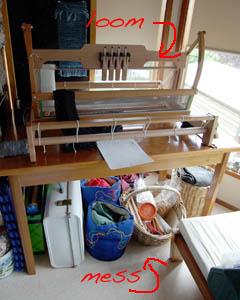
There’s too much stuff living permanently on the floor under the loom and on top of the folding table. The reason for both is that the focus of my crafting has been shifting so much that I’m accumulating and buying materials and tools faster than I can find easily accessible places to store them.
It may be odd to say I think the solution is to have less furniture, but it kind of is. I’m going to remove the folding table put the loom in that position instead, on a stand that Paul is going to make. (I’d buy the nifty folding stand Ashford makes for the loom, but I have doubts that it’ll be sturdy enough for rug weaving.) The table the loom currently sits on will be where I do bookbinding, paper craft, sewing, knitting machine-ing, etc.. The light coming in won’t be a problem: it’ll be a benefit (except in summer, when it’ll just make the room incredibly hot.)
As for the excess stuff currently on the table… well I’m going to either make things out of it, find a place to store it, or get rid of it.
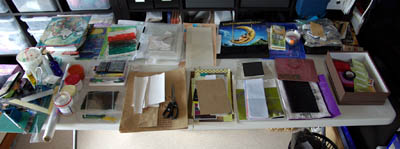
Above: the stuff on the table, spread out. At least half of it wants to be made into books or notebooks.
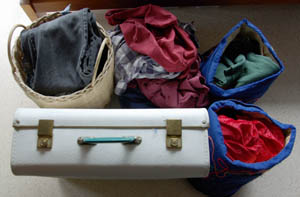
Above: the stuff under the loom. All of it for rag rugs, though the basket of jeans is full of leftovers from the two denim rugs I’ve already made, which could also be used for non-weaving projects.
There are a couple of other projects that, if they were done, would reduce the clutter in there, too. But it looks like I have a lot of mainly bookbinding, paper craft and rug weaving projects to do.
Turns out doing a spring clean can lead to more creativity. Can’t complain about that!

